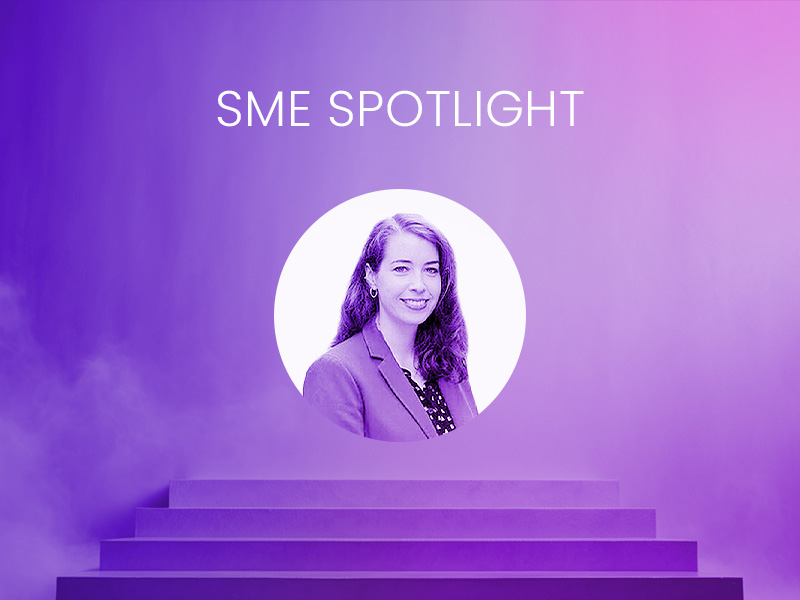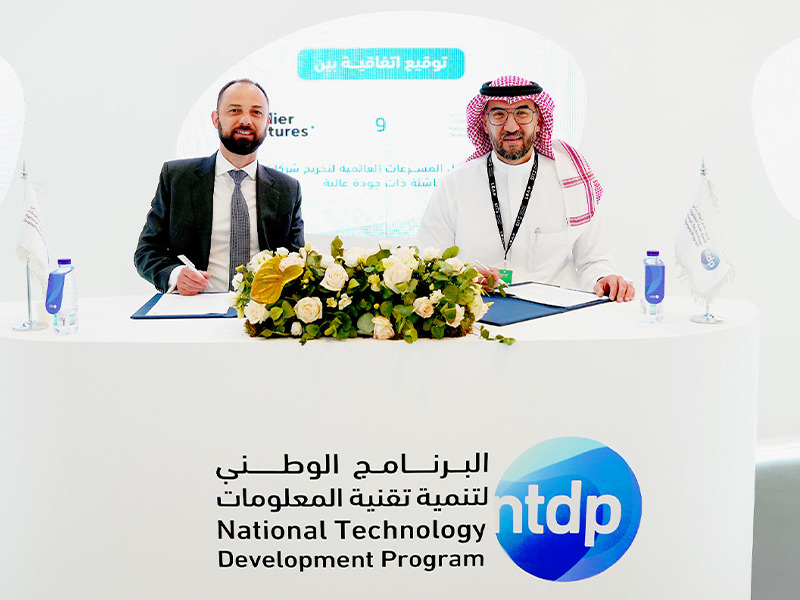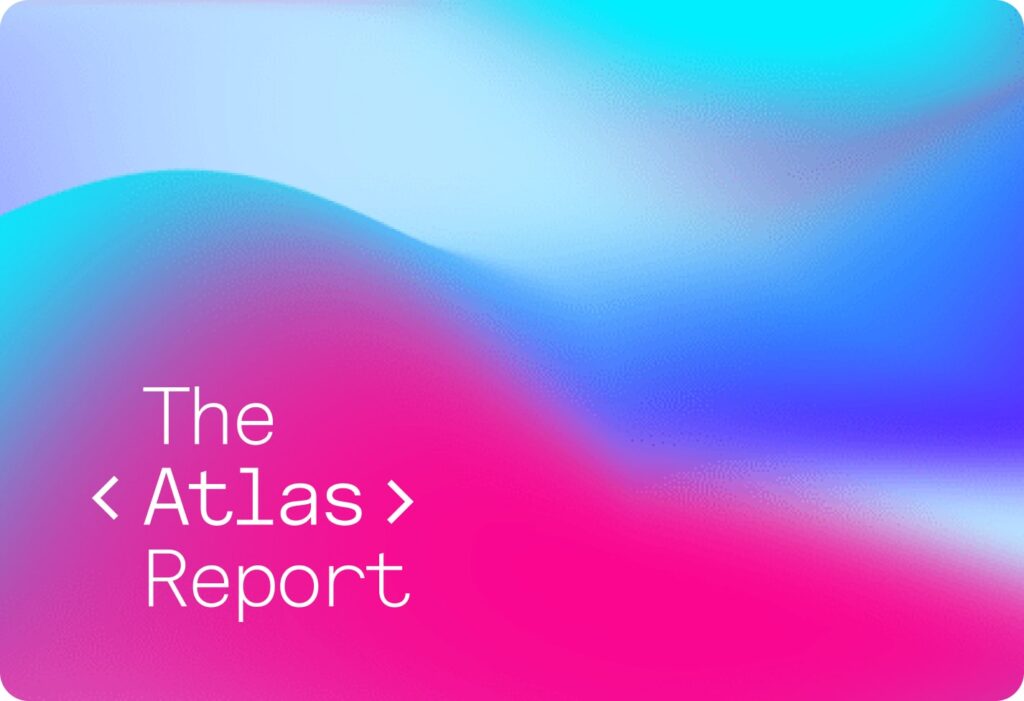How the first investment DAOs challenge venture capital
In a previous article, we outlined why DAOs could be a paradigm shift for the architecture of human organisation. We also gave an overview of the three types of DAOs most active today: Protocol DAOs, Investment DAOs, and worker/social DAOs. In this article, we will dive into the investment DAO use-case in more depth.
The reasons we’re particularly interested in investment DAOs are two-fold: On the one hand, investment DAOs are not complicated from a technical perspective (complications are mostly of legal nature). On the other hand, the investment use-case is already or will become relevant for a large portion of DAOs: For example, many protocol DAOs with significant treasuries have already set up investment vehicles, or at least grant programs (the same goes for any DAO with significant liquid assets).
First, we will give an overview of the investment DAO landscape, including its most notable players and the tools and frameworks that they use. Subsequently, we will outline some of the biggest challenges and trade-offs facing investment DAOs, before wrapping up with an outlook into the future of Web3-native investments.
The state of investment DAOs

A key part of the motivation for investment DAOs is to make better investment decisions together and/or get access to more dealflow, and early pioneers in investment DAOs have made the first steps in that direction.
Arguably, the main improvement of investment DAOs over traditional fund structures to date is removing administrative friction in a global world. In traditional finance, it is often complicated or impossible to syndicate investments from different countries: Setting up complicated legal structures, coordinating banks, and sending notarized papers around the world is just the start. The complexity ramps up even more if the target assets are unconventional too (e.g. blockchain-based tokens).
Contrast that with DAOs, which can potentially be joined and funded with a few clicks on a Web3 wallet. From the storied “original DAO” whose buggy code split the Ethereum community, to the more recent shenanigans around “Constitution DAO” (raising almost $50M to attempt buying an official copy of the US constitution), collecting capital into a DAO is much easier than figuring out what to do with it.
As the examples above show, securing the funds and successfully deploying them is where the rubber hits the road. That is why there has been an explosion in DAO tooling and frameworks (read more about those in our previous DAO article), aiming for secure and off-the-shelf components to increase the trustworthiness of smart contracts that hold the pooled funds. The best tools make the coordination on investment decisions and deployment comparatively simple and efficient.
At least in theory, a trusted smart contract like a Gnosis Safe multi-sig replaces the need for legal contracts, banks, etc.
Even though investment DAOs don’t natively require legal structures, they are still subject to local laws and regulations. It can be difficult for DAOs to comply with laws and regulations without a legal entity enabling them to interact with the off-chain world to do things like hire employees and pay taxes. In addition, if DAO has a profit motive, there is a risk it could be considered by a court to be an “unincorporated general partnership” since the implication is that two or more people appear to be engaged in a business relationship – even if those people have never met. The potential liability of each member in an unwrapped DAO is unlimited. Mainly for these reasons of liability, investment DAOs are often launched as “wrapped DAOs”, i.e. launched under the umbrella of a legal entity. Further implications of complying with existing legal frameworks include KYC/AML requirements, and that investment DAOs tend to be limited to a small number of accredited investors (e.g. up to 99 in the USA).
Investment DAO pioneers and their innovations
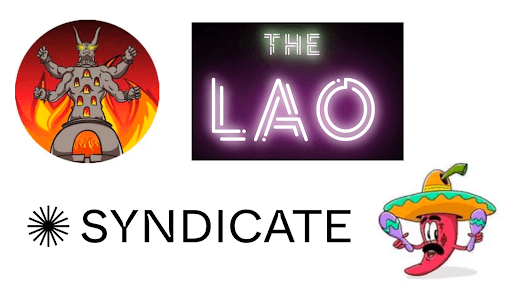
In the following paragraphs, we will introduce some of the most notable investment DAOs to date and some of the tools and mechanisms they are using.
MetaCartel Ventures was the first venture/investment DAO founded in 2018. It now boasts an impressive array of Web3 pioneers, founders, and investors as its members. MetaCartel carefully selects their members as they are very focused on generating value-add to their investments from their organisation’s base. MetaCartel has provided their set-up as open source tooling, which has enabled many others to follow suit. Notable investments include Zapper and Rarible.
Moloch DAO is another pioneering investment DAO, focused initially on funding public goods (clients, wallets, etc.) on Ethereum. MolochDAO invented the “RageQuit” mechanism, which has subsequently been used by many other investment DAOs (e.g. Flamingo DAO described below). The mechanism introduces a time-delay between investment decisions and deployment of funds, within which every member has the option to exit with their propositional share of assets in the treasury before the investment is made. RageQuit provides a completely new assurance to members of an investment collective that has not been possible in the world of traditional finance: A right to exit in an investment context, in case the shared decision does not reflect the individual’s values or goals.
Another pioneer, especially when it comes to bridging between Web3 and the legal system of the US, is the LAO. Founded by OpenLaw, it was the first DAO to focus on complying with US law and was instrumental in passing the Wyoming DAO bill. Not only has the LAO been used as a framework for many subsequent DAOs, but Wyoming has become the first jurisdiction to legally recognise DAOs as entities. LAO shares give proportional voting rights and can be acquired by accredited investors within a cap per member of 7.2%, whereas the price per share increases with each investment made. Notable investments include Zerion, Reflexer Labs, and Async Art.
The tools and frameworks provided by the early pioneers described above have since been applied and iterated on many times. There has been a steady stream of new investment DAOs launching, other interesting examples include: AngelDAO, Duck DAO,, CSP DAO, HoneyDAO, Spaceship DAO, and Stacker Ventures.
Many of the tools used in these early successes have already become spread in the wider DAO space, from Gnosis Safe Multi-Sig, to Snapshot voting, and token-gating with Collab.Land. There have also been multiple attempts to productize these core mechanisms, and build infrastructure specifically for investment DAOs (“AngelList powered by DAOs”): Most notably, Syndicate Protocol is building a framework for DAO investment syndicates. The framework enables investment DAOs where investors collaborate on a deal-by-deal basis. Many of the emerging investment syndicates, like Komerebi, are using this framework.
The rise of NFT collector/investor DAOs
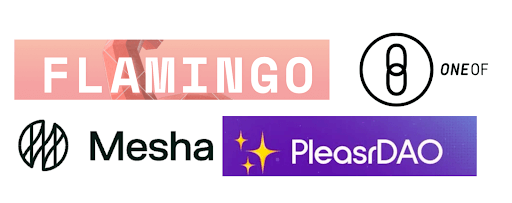
With the explosion in popularity of NFTs in 2021, a new kind of Investment DAO started to emerge, focusing on collective purchases of NFTs.
The most notable success in this domain to date is clearly Flamingo DAO, an NFT-focused investment DAO spun out of The LAO. Flamingo DAO has an impressive track record including investments like OpenSea, Fractional, Upshot, and YieldGuild, as well as in acquiring single NFTs.
There are a number of differences from investment DAOs focused on fungible tokens if the DAO is investing in NFTs as well (or even exclusively):
- The motivation of reducing both risk and capital requirements that uniquely exist for (“blue-chip”) NFTs, which often come with price tags of tens or hundreds of thousands of dollars.
- By pooling funds together in a trusted group, the shared portfolio can hold a larger and more diversified number of expensive NFTs while each individual commitment is much smaller.
- There is also the dimension of NFT utility that is mostly absent from fungible tokens (except if we count the governance use-case): they have an artistic or aesthetic value (as opposed to “only” financial value) and sometimes other utility attached to them (e.g. claimable physical versions, access to groups or events).
The NFT fund/club OneOf is connecting the investment DAO tool kit with processes that allow the investor community to also share the utility of their NFTs.
Mesha is betting on the investment DAO use-case being more attractive for NFTs for those reasons. Their goal is to empower groups of friends to easily set up a DAO to collectively buy and manage NFTs.
Another interesting example of this growing space is PleasrDAO, an NFT investment DAO that has a clear activist and philanthropic leaning, while still working with similar frameworks. It holds “historic” unique assets including the Snowden NFT and the famed single-copy Wu-Tang Clan album.
The current investment DAO tool kit
The early pioneers of investment DAOs described above have validated foundational mechanisms that are now used by the next generation of investment DAOs: From multisig wallets and governance tokens, to mechanisms like “rage-quit”, and even “DAO legal wrappers”, many of the tools already discovered can be leveraged by the investment DAOs of the future. In this section, we will review some of the crucial tools the investment DAOs described above came up with.
Legal setup
A crucial set of tools are frameworks used to answer legal compliance issues and protect members from liability. Notably, the legal setup of MolochDAO and especially the LAO has been used as a framework for subsequent investment DAOs. The ZeroLaw framework (formalized by OpenLaw) includes a “legal wrapper” in the form of a Delaware LLC (anchored legally in the US). This LLC is bound to the decisions of the DAO via the articles of incorporation, ensuring that decisions can be made on-chain but represented legally by the LLC. Within this framework, only a maximum of up to 99 accredited investors are allowed. In addition, there are more general legal wrappers available for DAOs, Delaware and Wyoming LLCs being the most well-known. These entities provide for separate legal personhood, limited liability of members and a relatively flexible governance framework.
Tools for pooling, deploying, and redeeming capital
Many investment DAOs aim for a simple but robust feature set, usually combining the tools described here. We can think of those tools being deployed along three processes of an investment DAO: the pooling, deployment, and redemption of capital.
- The tool used for pooling capital together (generally Ether or a USD-backed stablecoin is at the core of any investment DAO. Usually, this is done through a multi-sig, often a Gnosis Safe, which is then connected to the governance of the DAO. If the legal framework described above is used, there would be a limitation of up to 99 addresses pooling funds (e.g. managed via a whitelist).
- The second tool concerns the decisions on where to invest. Most often, this is done through governance tokens that are allotted proportional to the capital contribution of each member. From there, token holders can propose potential investments and vote on the outcome. Generally, voting power is proportional to the amount of tokens held (“Coinvoting”), and decisions are made based on a simple majority.
- Finally, there is a need for a mechanism or tool for the redemption of capital. The simplest way is to allow token holders to redeem their proportional amount of assets from the treasury, at which point the governance tokens are burned. Practically, this is often only possible in a certain period, since there needs to be a clear Net Asset Value (NAV) on all assets in the treasury (which may be challenging with rare NFTs, for example). As previously discussed, some investment DAOs make use of the “RageQuit” functionality to allow investors to exit with a proportional share of the assets in the treasury before an investment decision they don’t agree with.
The table below shows how this “Investment DAO tool kit” is being applied across the pioneering projects previously described.
| MolochDAO | Metacartel Ventures | LAO | FlamingoDAO | |
| Moloch v2 contracts | x | x | x | |
| Gnosis safe | x | X | x | x |
| Delaware LLC (ZeroLaw) | X | x | x | |
| Limited to 100 accredited investors | x | X | x | x |
| Pricing | Based on AuM | Based on AuM | Incremental increase with investments | Fixed: 60 ETH per 1% |
| Investor allocation | Min. 0.025% – Max 25% | Venture funds: kr1, 1kx, Zee prime: each ca. 5% (?) | Min. 0.9% – Max. 7.2% per member | Min. 1% – Max. 9% per member |
When it comes to the allocation of capital in today’s investment DAOs, the tools currently in use still seem very coarse-grained and there is a lot of potential for innovators to improve the status quo. Likely because most investment DAOs are still limited to the manageable size of 99 members, there has not been a lot of pressure to innovate on these tools.
Outlook: In search of collective intelligence

Taking stock of the current state of things, we can conclude that the progress made by investment DAO pioneers is substantial; The foundational infrastructure for collecting and deploying capital in a Web3-native way has successfully deployed billions of dollars (e.g. BitDAO alone is reporting having deployed over $500 million).
However, the road for investment DAOs to fulfil their full potential is long. First of all, many of the tools used (e.g. RageQuit) are not entirely compatible with existing legal frameworks. We will explore these legal challenges in a forthcoming article. Currently used decision-making mechanisms do not seem suitable for an investment context, since they tend to incentivize convergence on the common denominator (and miss asymmetric opportunities). So we are in search of tools more suitable to the investment context. Existing mechanisms in Web3 may provide important primitives for that – for example, quadratic voting allows us to measure conviction/intensity, not just direction. In addition, we also need mechanisms that can scale beyond 100 members without decreasing the quality of outcomes.
In the long run, the innovation engine that is Web3 will undoubtedly produce relevant solutions to most of these roadblocks. Once the mechanism design challenges click into place, investment DAOs could be able to tap into collective intelligence at scale. Even if this potential of collective intelligence only partially materialises, the extent and speed of transformation to the venture capital industry would be surprising.
